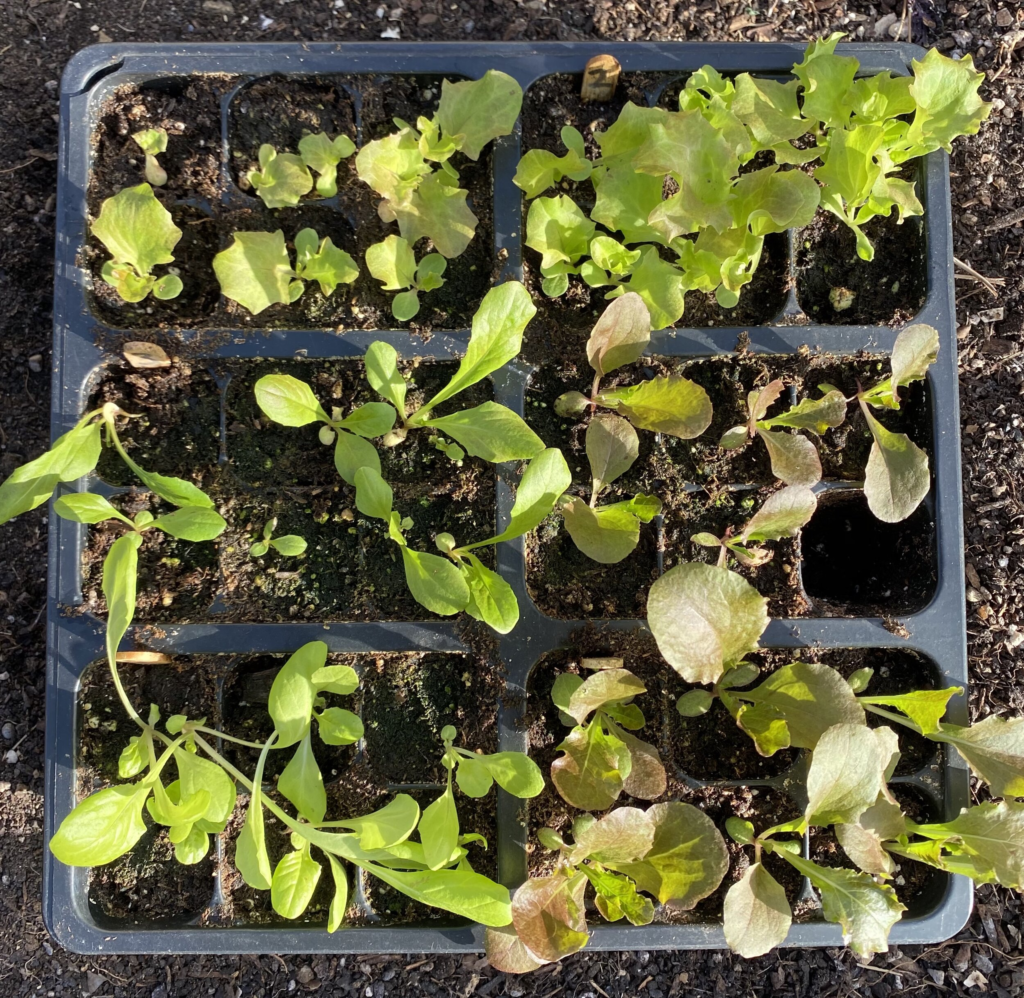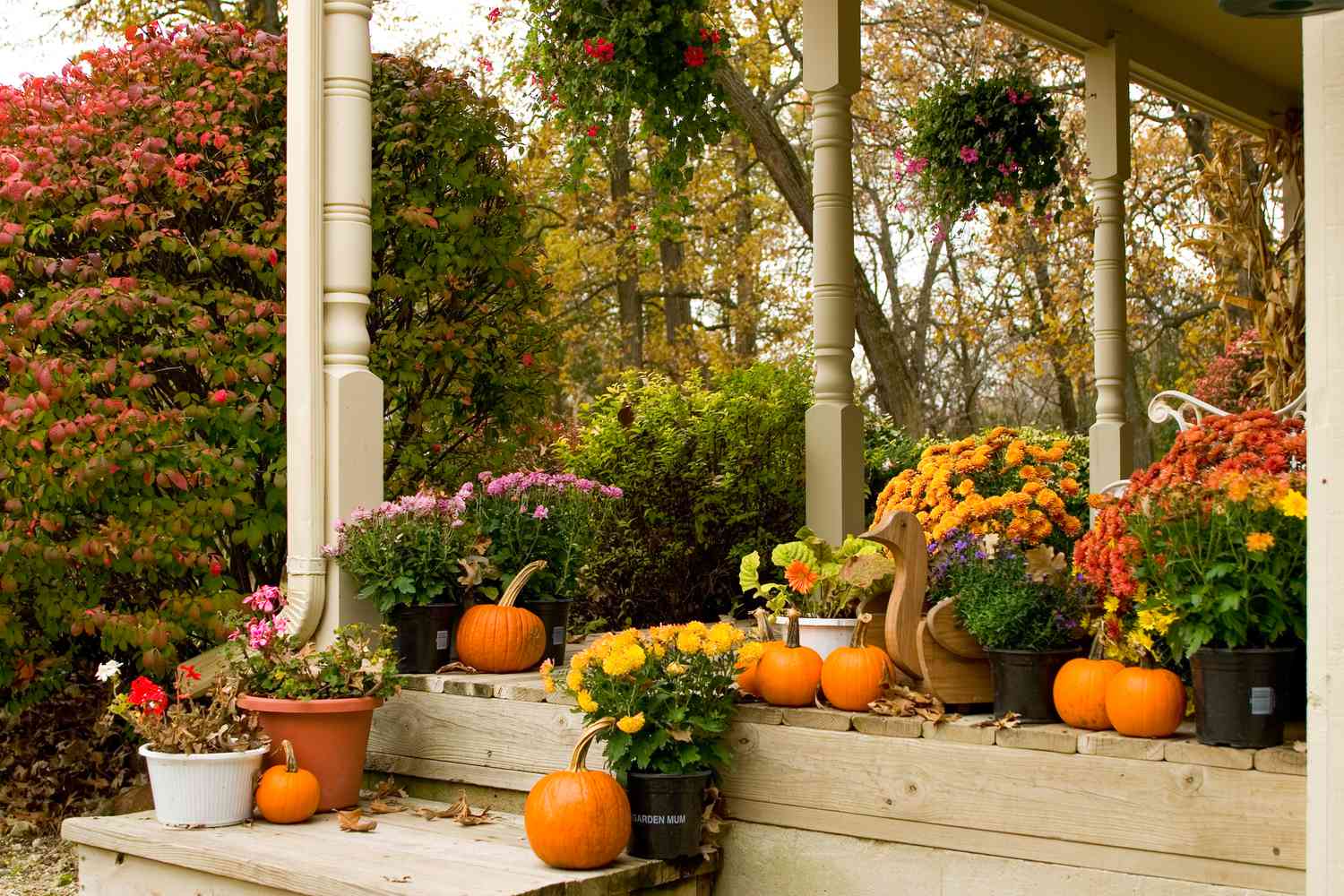By Barbara Pleasant, July 14, 2022
After a challenging summer marked by excessive heat, drought, or pests, the arrival of autumn offers gardeners a fresh opportunity for a second growing season. As temperatures cool, the conditions become ideal for planting cool-season vegetables, providing a chance to enjoy a productive garden long after summer ends. Whether you’re aiming to grow crisp arugula or sweet, tender carrots, autumn offers diverse options for a flourishing harvest.
But how do you plan your fall garden effectively? With the days growing shorter and temperatures still high in late summer, it can be tricky to balance the timing of planting with the shifting weather. Below is a comprehensive guide to help you make the most of the fall planting season, ensuring your garden thrives as summer transitions into autumn.
A Four-Phase Fall Planting Strategy
Before diving into planting, start by determining your region’s first freeze date. Typically, the first freeze occurs about three weeks after the first frost. While frost ends the growing season for warm-weather crops like tomatoes, it benefits cool-season vegetables such as bok choy and kohlrabi by encouraging the production of sugars in the plant’s leaves and roots.
Your autumn garden can be divided into four distinct planting phases. Here’s a breakdown of what to plant and when:
First Phase: 14 to 12 Weeks Before Your First Hard Freeze
During this phase, you can still plant fast-maturing crops such as salad cucumbers, summer squash, and snap beans. If the weather is mild, try sowing parsnips or beets in well-prepared soil. Additionally, consider planting interesting varieties of chard, like the pale green ‘Lyon’.
Indoors or in a sheltered outdoor spot, start seeds of brassicas like broccoli, cabbage, kale, collards, kohlrabi, and fast-growing cauliflower varieties. Autumn is the perfect season to experiment with new varieties, such as tender ‘Yellow Cabbage Collards’ or colorful ‘Rainbow Candy Crush’ kale. You can also start fennel and parsley indoors or in a nursery bed for later transplanting.

Second Phase: 11 to 10 Weeks Before Your First Hard Freeze
By now, it’s time to transplant your cabbage family crops (broccoli, kale, cabbage, etc.) to the garden. Protect them from pests by covering them with tulle or similar netting. If you didn’t start seeds indoors, look for local seedlings at your garden center.
This is also the ideal time to sow fast-growing carrots, and to direct sow lettuce varieties such as romaine, bibb, butterhead, and radishes. For a longer growing season, try planting daikon or Chinese radishes, which require more time to mature.
Additionally, sow winter cover crops like crimson clover, hairy vetch, winter peas, and cold-hardy grains to enrich your soil during the colder months.

Third Phase: 9 to 8 Weeks Before Your First Hard Freeze
Now it’s time to focus on a variety of greens, including arugula, turnips, spinach, and Asian greens such as bok choy, tatsoi, and Chinese cabbage. If space allows, plant more lettuce and salad radishes for continued harvests.
Fourth Phase: 7 to 6 Weeks Before Your First Hard Freeze
In the final phase of planting, sow small winter crops of spinach, mache, and cold-hardy lettuce. These crops can overwinter under a protective cover such as plastic or glass, resuming growth as soon as the weather warms in spring.
Finally, plant garlic and shallots around your first hard freeze date. These bulbs will begin growing roots during the winter, with green shoots emerging as the cold weather wanes.

Using the Garden Planner to Organize Your Fall Garden
Planning a fall garden can be overwhelming, but our Garden Planner tool simplifies the process. By using the Planner’s filters, you can select specific plant types, frost tolerance, or ease of cultivation, and tailor your planting schedule accordingly. The Planting Times section allows you to quickly view what to sow indoors or outdoors based on your desired planting month. This visual guide helps streamline your decision-making and ensures your garden is appropriately planned for success.
Final Thoughts
Autumn gardening offers a unique opportunity to extend your growing season and enjoy fresh produce well into the colder months. By following this four-phase planting strategy and utilizing tools like the Garden Planner, you can create a thriving, bountiful fall garden that maximizes your harvest potential. With a little planning, your autumn garden can be just as productive—and enjoyable—as your summer garden. Happy planting!
